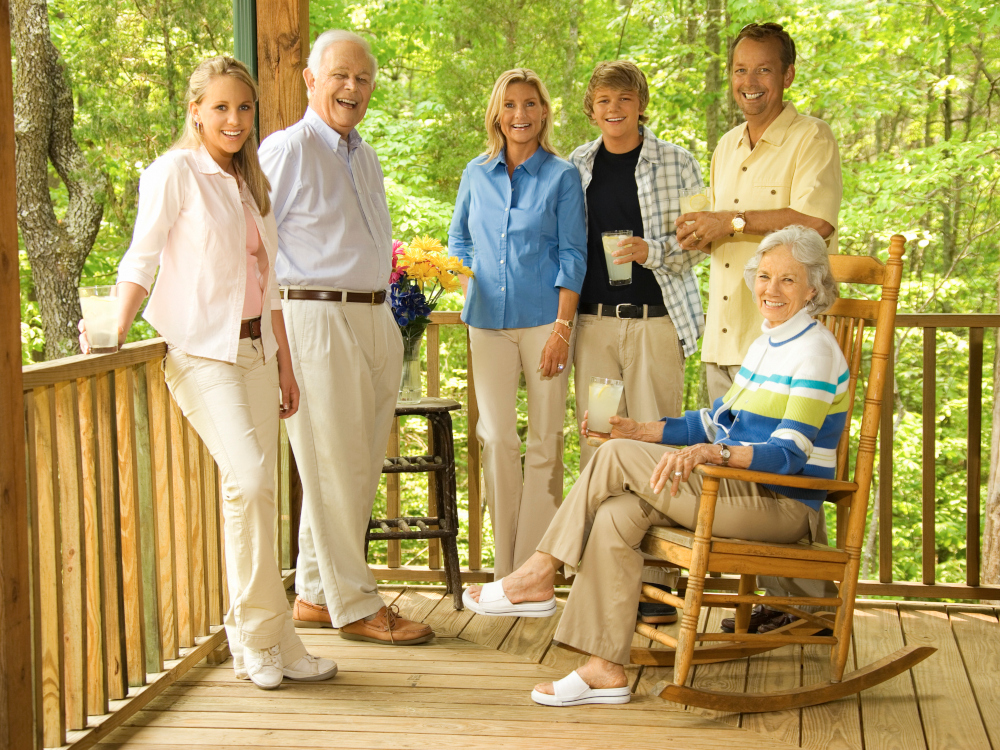When the federal government announced the capital gains inclusion rate would rise on June 25, 2024, many Canadians who had long mulled selling the family cottage sprang into action.
One family, clients of Sloan Levett, partner and practice lead of the family office group at Fuller Landau in Toronto, found themselves in this situation. They were in their 70s, with three adult children who had neither the money nor the desire to take on the maintenance of a cottage. The couple suddenly realized that if they were to sell, they had to do so immediately, recalls Levett.

“Their plan was to sell it five or maybe 10 years out. But with the capital gains inclusion rate coming into play, that motivated them to make a decision,” he says.
The family ended up selling, and then regretting the decision when the capital gains increase was cancelled months later. They are now renting a cottage—and missing the property they could have held for another decade.
While the couple made the best decisions they could, the whole experience highlights the need for advisors to help clients draw up plans for how best to manage the family cottage, avoid surprises and make a succession plan. This might mean determining how to keep it in the family, selling it or leaving a provision that allows the family to mull over the decision after the owners’ deaths.
The path can be smoothed by developing a unified plan for the property’s future, says Levett. This means frequent communication with the family, input from younger generations, dialogue about taxes and discussions regarding its future sale.
Families who avoid the subject
What should be top of mind for advisors is discussion about the cottage’s future, says Levett. Conversations with family members can be illuminating, as the wishes of the parents often don’t align with those of the children.
“It doesn’t always sync up, so we always ask the parents: ‘Have you asked your kids what they want to do, if they would want to own it?’” Levett says.
Lack of family communication is indeed the most common pitfall, says Jeremy Martenstyn, partner, tax, at BDO Canada LLP in Toronto. Advisors need to facilitate or hold families accountable for having those conversations with their children and arriving at a plan everyone is comfortable with.
“There’s lots that can be done to plan accordingly when everyone’s wishes are clear,” he says.
Who will pay for everything down the road?

Martenstyn says few clients want to co-own a property with their siblings, or they might not be able to afford the upkeep of a cottage.
Levett suggests advisors probe how a cottage will be funded to avoid issues down the road. He suggests running the numbers to be able to present a realistic budget that includes maintenance, the costs of a boat and dock, cottage repairs, taxes and insurance.
“Often, it’s a bit eye-opening to the kids, who say, ‘Whoa, I didn’t realize that’s how much it cost a year,’” he says.
Sharing ownership can be done, but …
If multiple family members want to own the cottage, advisors should have them draw up a co-ownership agreement, says Levett.
“We’ll do a family constitution around the management, administration and responsibilities of family members,” he says. “We find it’s important to set up the rules of engagement.”
This can include the expectations for each owner, how cottage costs will be paid, what bank account will be used to pay, how the account will be funded by each party, and what each family member is expected to do at the cottage.
Getting an appraisal or valuation will help owners and their advisors understand the potential tax liability.
Jeremy Martenstyn, BDO Canada LLP
Martenstyn says the agreement might also include policies regarding governance and dispute resolution, should issues arise around the cottage’s management, as well as rules and responsibilities for ownership and disposition.
Calculate future taxes now
Families should talk about the tax implications of transferring the cottage, says Martenstyn.
“It’s important to remember that transferring a cottage during one’s lifetime or by way of one’s estate will result in a deemed disposition at fair market value, and potentially a capital gain,” he says. While he notes that it may be possible to shelter some or all of the gain using the principal residence exemption, families need to understand at the planning stage what tax they’ll pay for transferring the cottage.
For tax reasons, Martenstyn suggests keeping good records on the cost of the cottage—including any major renovations—to establish the adjusted cost base. It’s also important to know the cottage’s fair market value. “Getting an appraisal or valuation will help owners and their advisors understand the potential tax liability,” he says.
If the family decides to transfer the property during their lifetime, they will need records of both the adjusted cost base and the fair market value to satisfy the Canada Revenue Agency, especially if the cottage is transferred at a price that’s below fair market value.
“If the cottage will be passed to the next generation on death, we want to ensure there’s enough liquidity in the estate, either from other liquid assets or insurance, to pay the tax liability so the cottage can remain in the family,” he says.
Build some breathing room into your inheritance plan
If cottage succession isn’t clear and the family plans to leave the cottage in their will, there are ways to build in time for family members to arrive at a decision about its future, says Levett.
“What we’ve suggested, and some of our clients have included in their will, is a provision where money is set aside for the upkeep of the cottage for two years, and the kids have two years [after the deaths of their parents] to decide what they want to do with the cottage,” he says. “It gives the family some breathing room, and everyone seems to really like that.”
In the end, families want the smoothest path possible to passing on a cottage, says Levett. And that requires frequent communication, a solid plan and family buy-in.
“We’ve learned over the years the things we want to talk about, the things we want to raise,” he says, “and it’s helped us avoid any conflict and really manage the family dynamics around joint ownership.”
The Canadian Family Offices newsletter comes out on Sundays and Wednesdays. If you are interested in stories about Canadian enterprising families, family offices and the professionals who work with them, but like your content aggregated, you can sign up for our free newsletter here.
Please visit here to see information about our standards of journalistic excellence.



